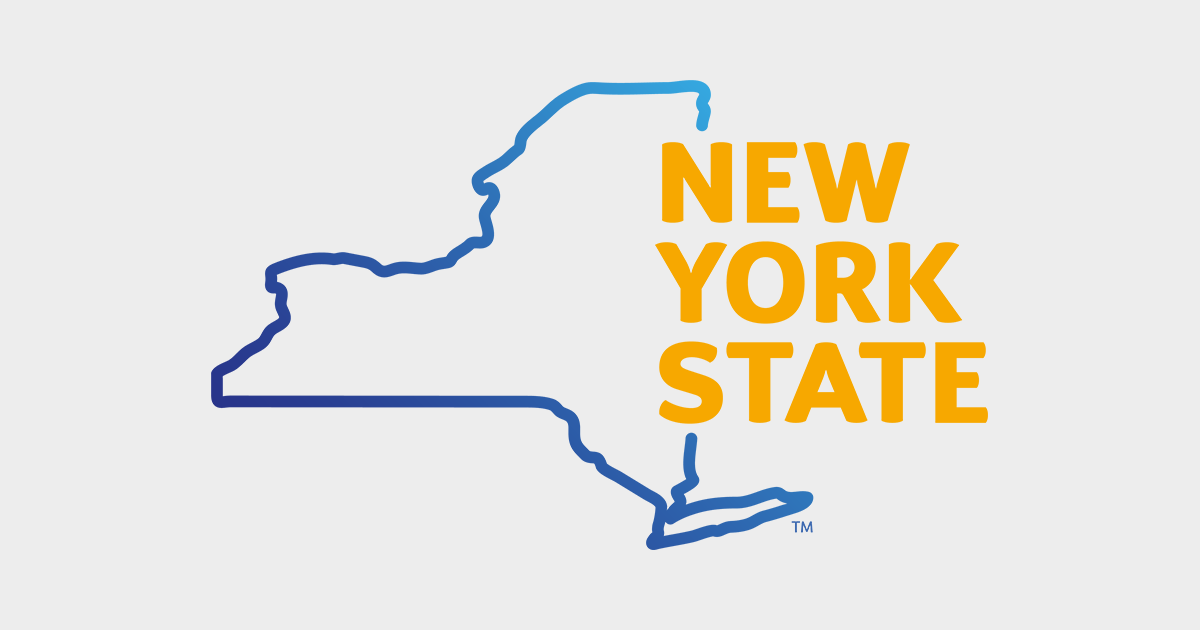
In part one of the series of two blogs, we informed you about one of New York’s new criminal justice laws; bail reform. In part two, we will discuss the newly implemented discovery laws.
On April 1, 2019, the Legislature passed criminal justice reform legislation that included discovery reform, which requires prosecutors to disclose evidence to defense attorneys in earlier stages of a criminal proceeding. Discovery is the formal process of exchanging information between the parties (prosecution and defense) about witnesses and the evidence that they possess or will present during the trial. The party cannot simply say that they will not present the evidence during the trial to avoid sharing the evidence.
Discovery allows the parties to know what evidence may be presented before the trial begins. This prevents, in theory, a party learning about a fact during the trial. The process allows the parties to build their case-in-chief and defense on the available evidence. Examples of the material exchanged during discovery are police reports, tangible evidence, scientific reports, witness and defendant interviews, and witness lists.
Before New York’s reform, State law required discovery only if the defense filed a written request. Now, prosecutors must automatically provide all relevant information within 15 days of arraignment. They must also file a certificate of compliance under the penalty of perjury swearing that they made a good faith effort to determine if the discoverable material exists and, if it does, they obtained it and provided it to the defense. This eliminates the need for the defense to formally request discovery. Once the prosecution has provided all its discoverable material, the defense has 30 days to reciprocate.
The certificate of compliance, which is issued after the prosecution has complied with its discovery obligations, is a new part of discovery. If the prosecution fails to meet its discovery burden, the court may issue varying remedies, sanctions, or it may preclude or exclude evidence, or even dismiss the charges.
Under the reforms, judges may issue protective orders. Protective orders can prevent the defense from accessing sensitive material if the prosecution shows good cause for the order. An example would be a witness of a violent crime who potentially may be coerced, threatened, or harmed in an attempt to keep them from testifying. The prosecution may ask the court to refrain from sharing with the defense the witness’s identity and contact information to prevent this scenario. The court can also “split the baby,” and allow the defense attorney to access the information at issue while preventing the defendant’s access.
Contact information is relevant because under the reform, prosecutors are now required to turn over the name and contact information of any individual with information relevant to the case. Prosecutors are also required to turn over any statement made by an individual with information relevant to the case, even if they are not going to testify during the trial (911 calls).
While these reforms may seem dramatic, New York was only one of 10 states that allowed prosecutors to wait until the day before the trial to provide discoverable materials. Currently, 46 states have open discovery laws, like New York’s reform enacted. Time will tell if New York’s criminal reform is a step forward or backward.